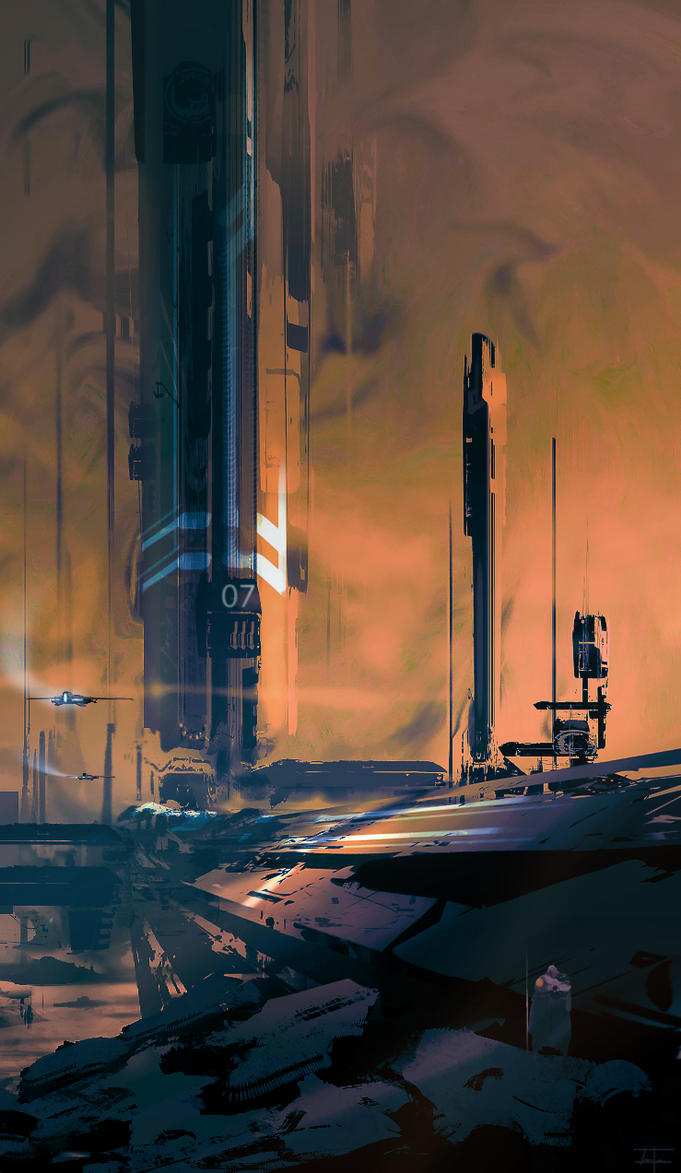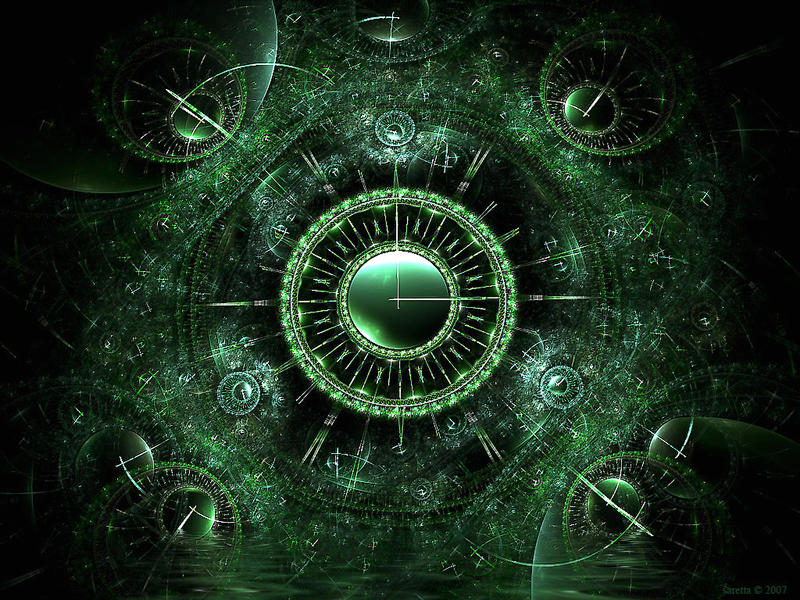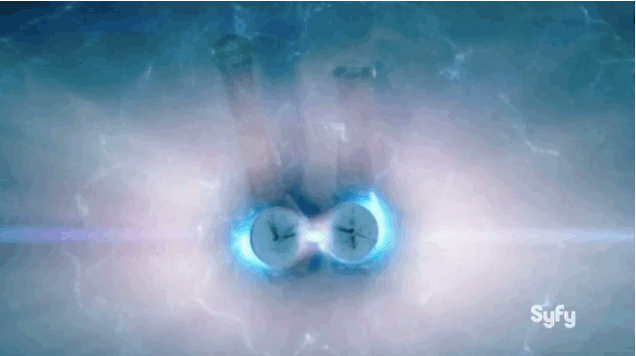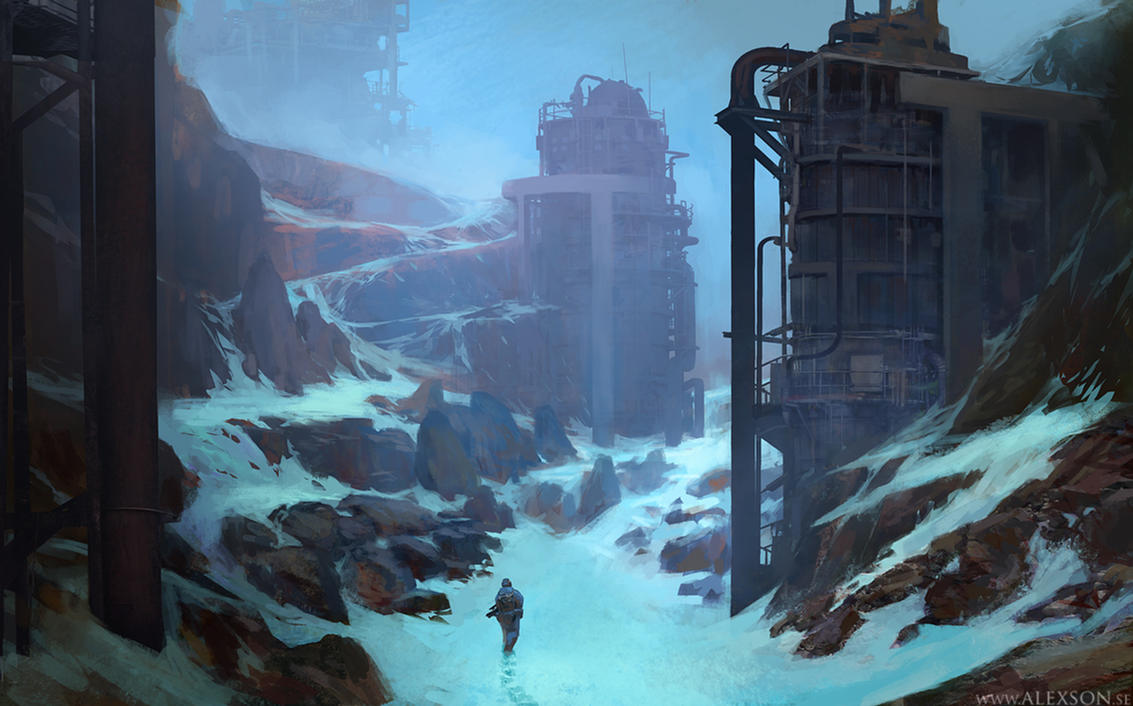Welcome back intrepid temporal agents!
Last week, I kicked this whole shebang off with a breakdown of the structure of time and the modes of time travel. So far that column has a modest number of views (around 60) and since I didn't receive any scathing feedback on stuff I missed or got wrong I am chalking that up to 1) the modest number of views and 2) that I hopefully didn't miss or mess up anything.
Including time travel into your RPGs isn't easy, and knowing the structure of time and defining some rules by which time travel works is going to help, but it doesn't really deal with the lion's share of the difficult bits. No, the hard part of dealing with time travel is dealing with change and the impact of change...
Enable Editing to Save
Now that you've decided which way(s) you can move through time you have to decide what kinds of changes you can make. This is also pretty straightforward; as I see it there are three major options here:
- Immutable Time - No matter what you do you cannot change the past, or prevent the future. You can witness events, but that's about it, any involvement you may have in the past was always there, and your influence on future events is preordained.
- Mutable Time - Change is possible, it may or may not be easy however. Either way, changing events is possible, which opens up all kinds of exciting storytelling opportunities.
- Easy changes - Watch your step and don't sneeze, because any little thing could set off a chain reaction of alterations that will wipe out the future you came from
- Standard changes - Time is mutable if you do the work. You have to put some effort in and target the big lynchpin people, places, things, and events though, and the downstream events are still pretty catastrophic if you make a mess of things.
- Difficult changes - Time is actively trying for a certain outcome. Having any kind of impact on the future involves a great deal of research and effort and usually a lot of sustaining activities to ensure that time doesn't course correct to minimize the damage you did.
- Branching Time/Multiverse - You could argue that this is just a version of the above, but I like to consider it as its own thing. Branching time means that any change you make breaks off an entirely new timeline from the primary while leaving the original timeline to continue onward untouched (though without your presence). This also can go hand in hand with the idea that every decision or action creates branches resulting in massively complex cascading trees of alternate timelines/dimensions.
The first option is pretty boring. What's the value of a time travel story if you can't change things? Worse still, if you literally can't no matter how much you try? The third option is, in my opinion, a bit of a cop-out. Multiverse stories can be fun, but if the players keep trying to change things and are just spinning off new custom timelines while the old remains behind it can lead to a degree of lost agency and a sense that their actions don't actually have an impact on a grand scale. I'm not a fan ...
Luckily there is a happy medium, not only can time be mutable, but you can dial up and down the ease at which time itself changes. If time is truly unstable, then just going back in time and breathing could be disastrous as you may release a germ that doesn't exist in that time and whose presence could touch any number of people and creatures. This is the classic chaos theory approach where stepping on a bug in the cenozoic somehow results in Dino-hominids instead of primates.
Standard change is a pretty wide band. Your actions have consequences, but it is possible to be careful and leave minimal or no damage to the timeline. Conversely it becomes very much possible to go back and effect specific changes as well. Assassinate Hitler and end WW2 early if you like, but the downstream changes are not easy to predict and things may not go the way you wanted. On the other hand you can make transparent changes like swapping people who would perish with replicas and bringing them back with you. The timeline continues assuming the replica to be the person of note while the person gets to live a continued life wherever you leave them. The film
Millennium had the protagonist stealing people from the past before their planes crashed and sending them to the future to try and rebuilt humanity. The past never knew the difference.
Lastly you have difficult changes, or resistant changes; timelines where you can effect alterations in the small scale, but the timeline itself will try to course correct to retain its larger pre-defined shape. Kill Hitler and his replacement is just as bad. Eliminate Thomas Edison and Tesla invents the lightbulb instead. This mode assumes that time has one or more "backup plans" that can keep events on their "natural" course. The fun then becomes finding a way to deal with the redundancies, or to ensure that the redundancies are able to activate before the villain can get to them too.
So here's the real pickle. You travel back in time because you learned about Hitler and how much of a jerk he was. You get to the late 1920's before the bastard has done too much damage. You do your research, you pick your moment, and you change history. Let's assume that whatever it is you do you succeed and time takes a new shape from that point forward...
"It just doesn't work that way ..."
If you mess with time you run a decent chance of royally making a mess. If you make a bad enough mess you end up with a paradox because something simply cannot resolve. You can't go back and kill your dad before your conception because then you aren't alive to go back and kill your dad. Paradox is what happens when you broke something. Depending on the mutability of time you can end up with a few different options for paradox:
- Immutable time also assumes paradox is impossible since everything works the way it is supposed to despite character actions.
- Mutable time opens up the full spectrum of paradox. Since mutable time assumes a single timeline that can be changed it will be possible to "break stuff" and incur paradox. Usually paradox in these forms acts to correct the mistakes; it's what was erasing Marty McFly after he messed up his parents' first meeting.
- Branching time is usually paradox free because instead of breaking something by ruining causality you just create a whole new timeline/temporal dimension. However paradox could still occur in such a temporal configuration as a force that strives to reunify the many branches. Small changes will be countered somewhere along the line so that a branch returns to the main. Meanwhile bigger changes may require a lengthy series of changes that slowly cascade the branch until to can merge once more with the "prime" timeline at some (possibly distant) point in the future.
How paradox interacts with the timeline is also up for determination. Whether time acts to repair the problem, punish the offender, or by simply ironing out the details to prevent any further disruptions (mitigation), deciding how paradoxes will work in your game is important to establish as it will impact the character's actions, and the repercussions thereof.
But what of paradox itself?
You broke it ...
Paradox generally falls into three categories:
- Grandfather Paradox - This is probably the best known because it's the easiest understood. Basically if you go back in time you can't change anything that would impact your ability to go back in time. The famous example is killing your grandfather before he sires your father and thus ensuring you can never be born, in which case you can't go back to kill your grandpa.
- Predestination Paradox - This is basically the opposite of the grandfather paradox. Predestination says that you can go back in time to change an event but everything you do in the course of trying to change the event gets folded into that event's history to ensure the event's occurrence; basically you have essentially no control to change the past. More to the point, not only are your actions part of the event's history, but they are the catalyst of it in some fashion. 12 Monkeys (the film or the TV show) is a good example of predestination paradox as Cole's actions to try and change the past eventually cause the events of the past to happen where they would not have before. His actions have the opposite effect and he has no (apparent) ability to actually affect the outcome.
- Bootstrap Paradox - Whereas the prior two forms of paradox involve actions which preclude themselves in some way either ensuring that something cannot possibly happen, or that it must happen, the Bootstrap paradox is rather different. Also called an ontological paradox, this involves an item, person, or piece of information that essentially has no origin. Imagine a young man who one day meets an elderly woman. She gifts him an object (a ring, a watch, whatever), later he meets a young woman, and gives the object to her. Many years later that woman, now old, travels back in time to see the young man, and in doing so decides to give him the object in question, the object that he gave her so very long before (to her perspective). Where does the object come from? It has no origin in the proper sense because its very existence is a circle in time; it appears in time with no history prior to it, travels forward in time until it disappears by traveling back to its own origin to become itself. That is the bootstrap paradox.
- Clever folks may see a bit of a head scratcher here as that item would get older with each loop, and so there is also a bit of paradox pertaining to how the item survives within an infinite time loop.
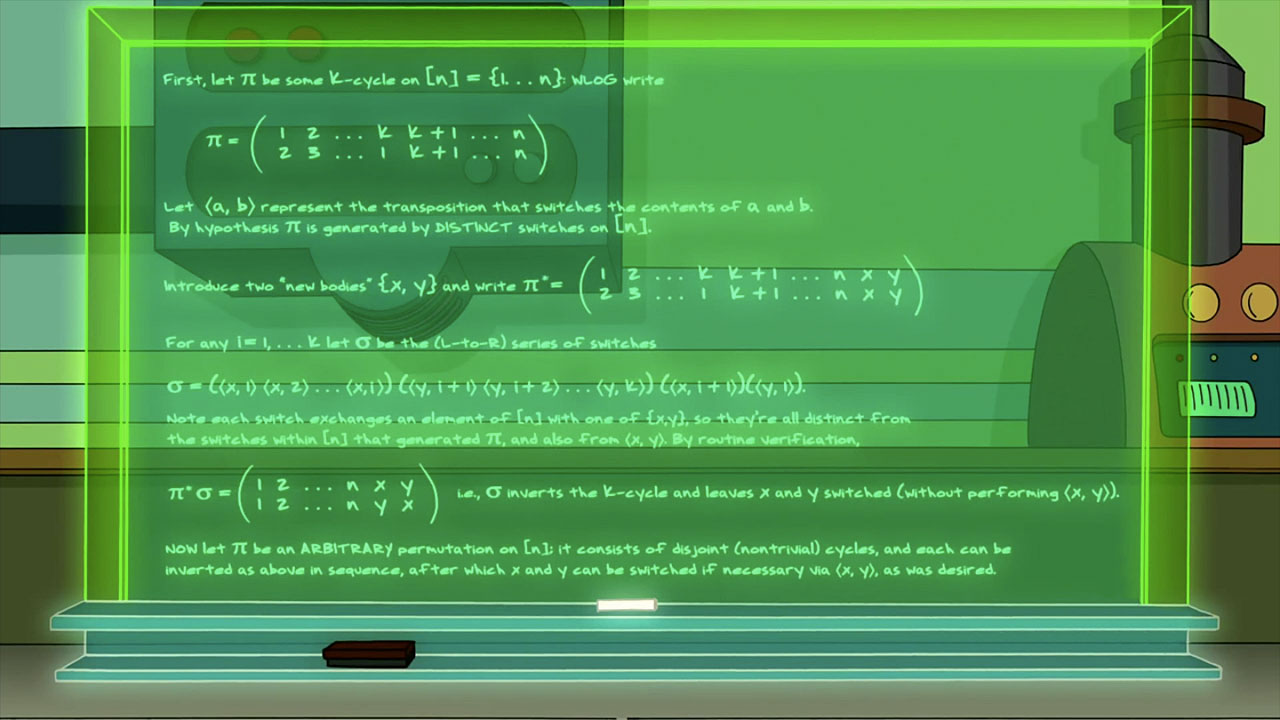
The Terminator is actually a combination of a bootstrap and a predestination paradox. In the first movie, the terminator exists because it's CPU chip is used to create Skynet. Skynet then creates the terminator and sends it back in time where it is destroyed and its chip is used to create Skynet: Bootstrapped. Meanwhile Kyle Reese is locked in a predestination paradox. He's sent back in time to protect Sarah Conner, whom he falls in love with and impregnates. Their son, John, then becomes the leader of the resistance and is the one to send Kyle back in time. Kyle himself has an independent origin, he'd be born no matter if John existed or not, but John couldn't exist without sending his father back, and his father only went back because John sent him there.
Granted this assumes that the later films don't exist, since they all just make a mess of the timeline even further.
Terminator 2 breaks the bootstrap loop of Skynet and the terminator (while preventing Kyle & John's predestination from being possible despite the fact that is must exist). Arguably
Terminator 3 did solve the problem, by removing the bootstrap loop entirely and freeing Skynet from being its own predecessor. As for
Salvation and the forthcoming
Genisys ... whatever it's still a mess.
Fixing What's Broken
How exactly does paradox resolve itself? How does time repair these wounds? There are likely more ways than I could cover here, and no way I can cover everything but here are some common ones ...
- Integration - This one is pretty simple. If a time traveler from the future changes something then as the change propagates their own existence will be updated accordingly. This may mean new or altered memories, changes to their physical being (don't go back and kill Dr. Salk unless you are willing to risk polio). Worst case they may cause their own erasure from time. Memory changes in this way may even be cumulative, allowing the time traveler to remember prior timelines.
- Censure - The offending time meddler may experience some kind of punishment. Much as they change they make will re-write time they may experience mental or physical deterioration or changes. The results could leave the offending party deformed and/or insane. Alternately they could be removed from time entirely, closed off in a discrete bubble of time where they cannot cause more damage.
- Antibodies - Perhaps rather than some arbitrary force of nature like the above time has antibodies in the same way our own bodies do. Antibodies are likely to take an active form, be it something familiar like faceless men-in-black style "agents" who hunt down the source of the time damage and destroy it, to creatures that stalk the very "paths of time" actively searching for travelers even before they have tampered with events. An active countermeasure this fits right in with time systems where change is difficult, with "time agents" actively working against those seeking to alter the timeline.
- Other options - There are probably plenty of other ways to deal with changes to time and paradoxes, more than I can list in all likelihood.

That about covers this week. I'm topping 2000 words here and I feel like I probably only grazed the tip of the topic of using time travel to change events and the paradox and other changes that can result. Hopefully though the effort was as worth it to you my readers as it is to me.
As is always the case I am more than willing to hear your thoughts on the matter. Did I miss something? Have I made a mistake? Please let me know. Meantime, for the next article in this series I will be planning to discuss changes to the timeline, and the damage that such actions can potentially cause.
